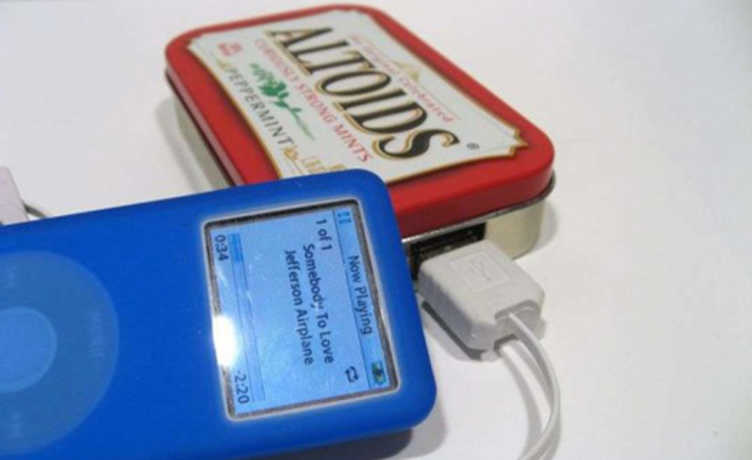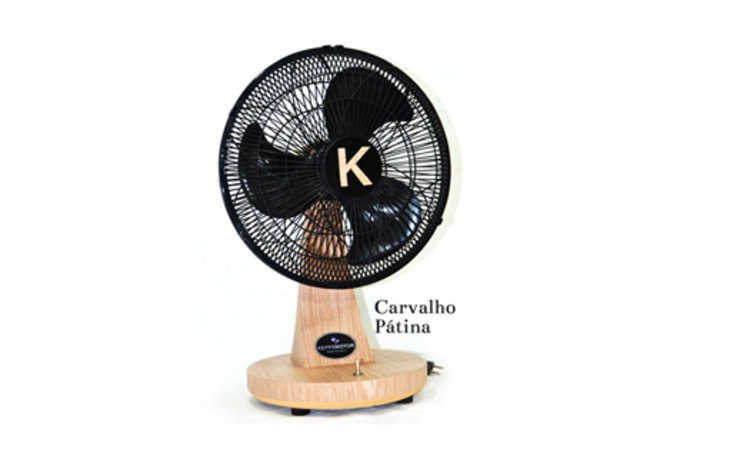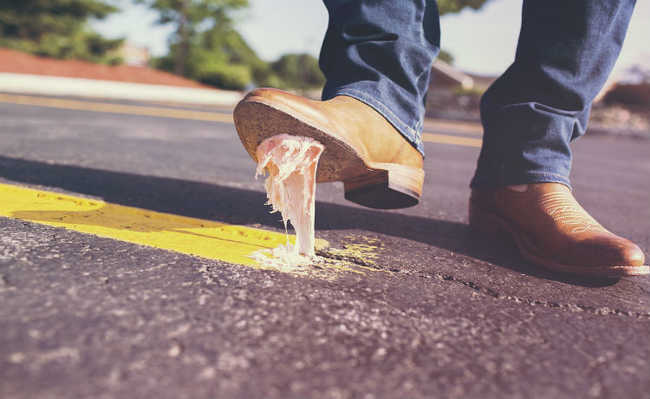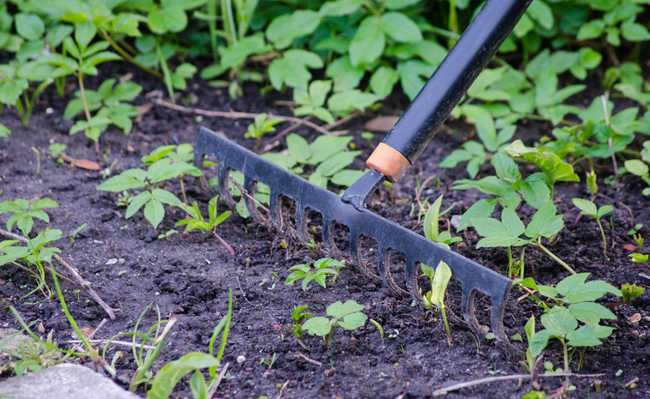Garbage separation: how to properly separate garbage
Correctly sorting waste is essential for the proper transport and disposal of waste. Understand

Image: photo of Gary Chan found in Unsplash
Garbage separation is an essential theme for the development of any society. This is because knowing how to properly separate garbage is the first step towards the proper destination, disposal and treatment (including recycling, incineration, among others) of garbage.
A few minutes of dedication to sorting household, hospital or other waste can avoid significant damage to people and the environment; save energy, raw materials, water and space in landfills and dumps; and still generate income.
To properly separate waste, it is necessary to pay attention to the types of materials that will be discarded. Basically, waste and rejects are divided into organic, non-hazardous recyclables, non-hazardous non-recyclables and hazardous. Organics can be recycled at home through composting or packaged in biodegradable bags and sent to landfills. Recyclables must be sanitized, packed in recyclable materials and destined for recycling (you will understand this topic in more detail throughout the article). Non-hazardous non-recyclables can be packed in biodegradable bags and sent to landfills. Hazardous, in turn, deserve special attention for each type of waste.
How to properly sort garbage
Check in the video below, in a succinct way, how to properly separate the garbage:
How to separate organic waste
Organic waste is all food leftovers, such as vegetable peels, fruits, roots, vegetables and leaves, among other types of waste of biological origin. It is necessary to separate organic waste, but better than separating and properly packaging organic waste is to practice recycling organic waste at home! Have you ever heard of composting? It is the recycling of organic waste (mainly food) that avoids the emission of greenhouse gases by transporting them to landfills and by incorporating these gases into the organic matter of the humus, producing a rich natural fertilizer. That is why it is important not only to separate, but also to recycle organic waste in the place where it was produced.
Have you thought about purchasing a composter? To learn about the advantages and facilities of composting, take a look at the articles: "What is composting and how to do it" and "What is organic waste and how to recycle it at home".
But, if you do not practice composting yet, the ideal is to separate organic waste and pack it in biodegradable bags. There are garbage bags made of biodegradable plastic such as green plastic, PLA plastic and starch plastic. There are also bags made of oxo-biodegradable plastics, but beware, their use is a matter of controversy. Understand why in the article: "Oxo-biodegradable plastic: environmental problem or solution?".
- What are biodegradable products?
How to separate non-hazardous recyclable waste
Recyclable waste is mainly composed of paper, cardboard, glass, plastic (some types) and aluminum.
For example, you must separate aluminum with aluminum, glass with glass, PET plastic with PET plastic, among other types of plastic. But if you don't have the time and space to make this selection more thorough, that's fine. You can place glass with aluminum, as long as the destination or collection point for which they are destined accepts to receive these two types of materials.
The first step towards separation, however, is to sanitize the waste to prevent it from becoming a breeding ground for disease vectors and causing discomfort to workers in the waste chain. Tomato sauce cans, for example, can be a breeding ground for bacteria that generate a bad odor, which can cause discomfort to workers who collect and handle this type of material.
To avoid this situation, it is recommended to sanitize these containers, saving as much water as possible. For this, you can leave this package inside the sink during the day, so that the water used to wash your hands and dishes falls on it, acting as reused water. That way, at the end of the day, the package will be clean.
- Reuse water and use of rainwater: what are the differences?
After this washing with reuse water, the recyclable garbage must dry and be packed in recycled or recyclable non-biodegradable garbage bags. In the case of paper, the ideal is not to crumple it, since the more intact the paper, the greater the value of the paper for recycling - when you crumple a sheet, you affect the cellulose fibers, harming its commercial value for recycling. If there is broken glass or other material that poses a risk to the health of workers in the solid waste chain, pack them securely and identify them.
To learn how to pack broken glass, take a look at the article: "How to dispose of broken glass?" But first check which types of glass are recyclable or not in the matter: "Are all types of glass recyclable?".
Following the colors of selective collection, it is recommended to store paper in blue wastebaskets, glass in green wastebaskets, aluminum in yellow wastebaskets and so on. Learn more about waste separation by color in the article: "Colours of selective collection: recycling and their meanings" and in the following video:
How to separate non-recyclable and non-hazardous waste
The recyclability of a material is relative. Non-recyclable garbage today can be recyclable tomorrow. This depends on the current economic viability, available technologies or type of material. Currently, many materials thrown in the trash are still difficult to recycle, such as waxed or plastic-coated paper, adhesives, labels, masking tape, carbon paper, photographs, mirrors, dishwashing sponges, steel sponges, among others.
- Ceramics: is there recycling?
In these cases, it is recommended not to consume this type of item or to consume something similar, but which is or has recyclable packaging and less impact.
- How to reduce plastic waste in the world? Check out indispensable tips
When it is not possible to stop consuming non-recyclable materials, another alternative is to opt for reuse and, only as a last resort, discard. In the latter case, the ideal is to pack the waste in a non-biodegradable recycled or recyclable garbage bag. By the color pattern of the selective collection, the garbage bags for the non-recyclables must be gray. But if you use the city hall's selective collection service, check out the rules for selective collection colors specific to your city. If you have doubts about what is or is not recyclable, check out the article: "Is it recyclable or not?".
How to separate hazardous waste
The separation of hazardous waste is essential. This is because waste classified as hazardous is one that poses risks to public health and the environment, as it is flammable, corrosive and/or chemically reactive, and therefore needs special treatment and disposal. This type of waste includes leftover paint, hospital waste, chemicals, fluorescent lamps, batteries, among others.
Even if the city hall does the collection, hazardous waste cannot simply be placed in garbage bags and be destined for common garbage, as once discarded in landfills, dumps, along with tap water (in the case of latex paints, for example) or on the ground, hazardous waste can cause irreversible damage to human and environmental health. In this case, the correct separation and disposal varies with each type of material. Understand this theme better in the articles:
- How to dispose of ink
- Hospital waste: what types and how to dispose of it
- Disposal of expired medications: how and where to dispose of them correctly
- How to dispose of bottles of detergents and cleaning products?
- How to dispose of solvents?
- Where to dispose of fluorescent lamps
- How to dispose of batteries?
To properly dispose of your waste after separation, see the home page of eCycle portal which collection points are closest to your home.










